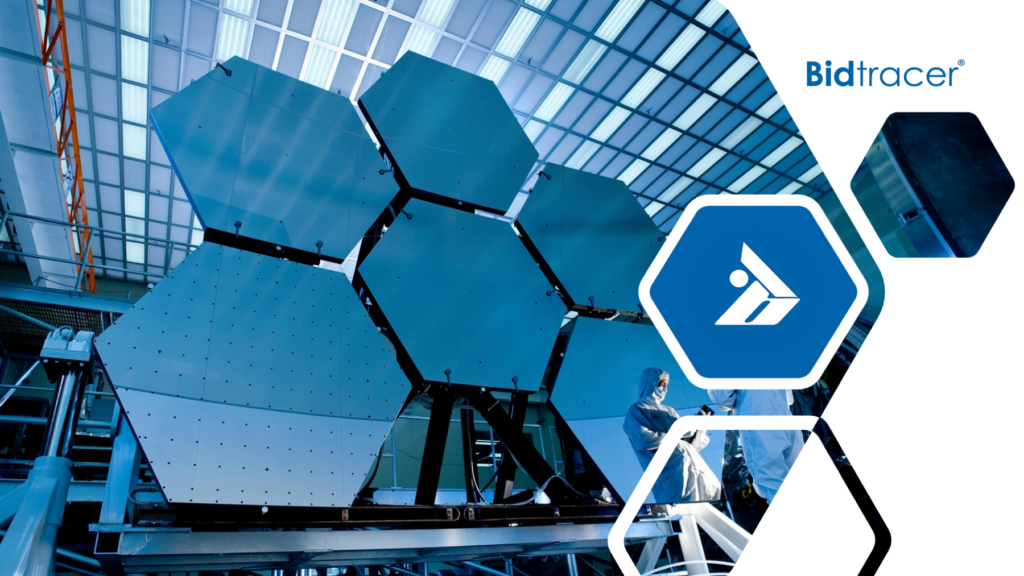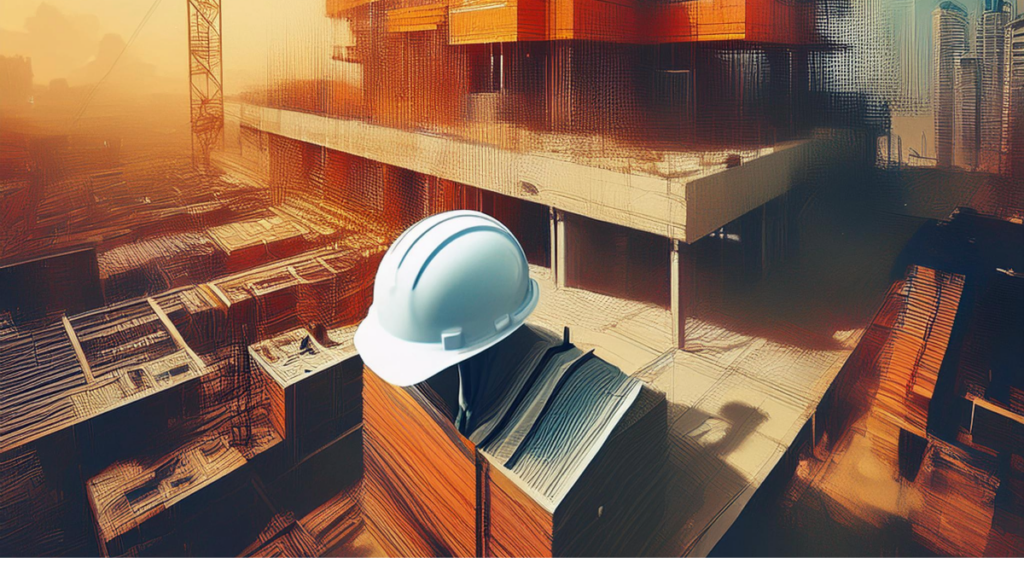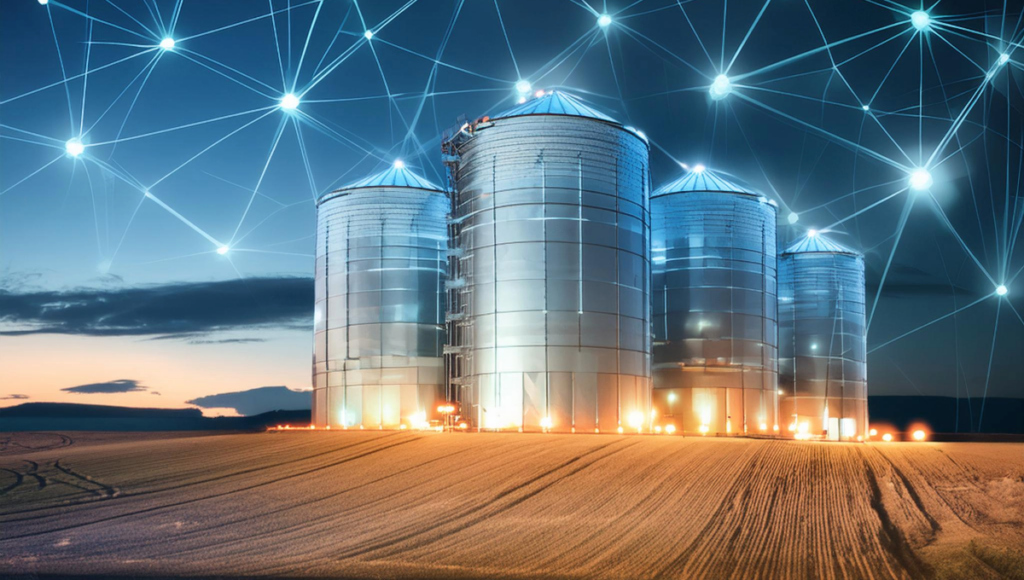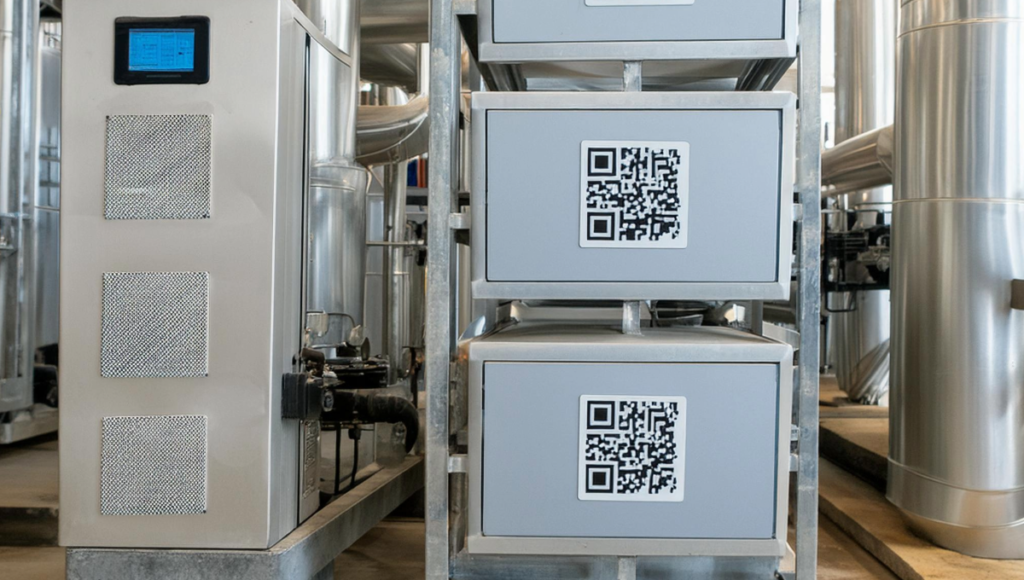
TEN COOL THINGS to be grateful for this week.
Celebrate this week with gratitude for all things engineering, and tell those who bear this great responsibility that you appreciate all their hard work.
Home » sustainability » Page 3

Celebrate this week with gratitude for all things engineering, and tell those who bear this great responsibility that you appreciate all their hard work.

When we think of buildings, we often focus on their physical structures and aesthetics. But truly healthy buildings go far beyond brick and mortar. They encompass a holistic approach that prioritizes the well-being of occupants. In essence, healthy buildings aim to create environments that promote physical, mental, and social health. Let’s dive deeper into a few key components:

As we move forward, let’s stay hungry for innovation, embrace new technologies, and collaborate across disciplines. The future of smart buildings is bright, and by working together, we can create spaces that are not only efficient and sustainable but also truly enhance the lives of those who inhabit them.

AI is not just a buzzword in the construction and building management industry – it’s a transformative force. By leveraging AI-powered tools and embracing digital maturity, businesses can unlock new levels of efficiency, innovation, and sustainability in the built environment.

The decarbonization movement is here to stay, changing how we design, operate, and maintain buildings. The BAS is critical to the success of this transition, and BAS professionals who can deliver comprehensive solutions will be in high demand. By embracing this opportunity and adapting to the changing landscape, we can help create a more sustainable future for the built environment.

Occupancy-based controls are a powerful tool for transforming buildings into intelligent and responsive spaces. By leveraging advanced technologies and data analytics, OBCs optimize energy consumption, enhance occupant comfort, and contribute to a more sustainable future. Embracing OBCs is not just a smart choice, it’s a responsible one, paving the way for a greener and more efficient world.

In a lively July 2024 discussion on Monday Live, industry experts delved into the complexities of integrating building silos, exploring the potential of various applications and the challenges of interoperability. The conversation centered on creating a matrix to assess the relevance of different building systems for various applications, sparking debate about the scoring system and revealing the vast, untapped potential of integrated building data. The discussion highlighted the need for open, accessible data and affordable integration solutions to drive innovation and ultimately transform the smart building landscape.

Automation solutions must be nimbly designed, open, secure, and cloud-native to leverage modern IT architectures and tools.
what has changed?

Facility and building maintenance can be a complex process, but QR codes offer a simple solution for improving efficiency and communication. Here’s how these versatile

The new SEC rules mandate comprehensive disclosure of climate-related risks likely affecting data center operators’ operations, strategies, or financial conditions. This encompasses the present and potential future impacts of these risks on their business model and outlook. Such disclosures ensure that investors can gauge a company’s resilience against the challenges posed by climate change.

Celebrate this week with gratitude for all things engineering, and tell those who bear this great responsibility that you appreciate all their hard work.

When we think of buildings, we often focus on their physical structures and aesthetics. But truly healthy buildings go far beyond brick and mortar. They encompass a holistic approach that prioritizes the well-being of occupants. In essence, healthy buildings aim to create environments that promote physical, mental, and social health. Let’s dive deeper into a few key components:

As we move forward, let’s stay hungry for innovation, embrace new technologies, and collaborate across disciplines. The future of smart buildings is bright, and by working together, we can create spaces that are not only efficient and sustainable but also truly enhance the lives of those who inhabit them.

AI is not just a buzzword in the construction and building management industry – it’s a transformative force. By leveraging AI-powered tools and embracing digital maturity, businesses can unlock new levels of efficiency, innovation, and sustainability in the built environment.

The decarbonization movement is here to stay, changing how we design, operate, and maintain buildings. The BAS is critical to the success of this transition, and BAS professionals who can deliver comprehensive solutions will be in high demand. By embracing this opportunity and adapting to the changing landscape, we can help create a more sustainable future for the built environment.

Occupancy-based controls are a powerful tool for transforming buildings into intelligent and responsive spaces. By leveraging advanced technologies and data analytics, OBCs optimize energy consumption, enhance occupant comfort, and contribute to a more sustainable future. Embracing OBCs is not just a smart choice, it’s a responsible one, paving the way for a greener and more efficient world.

In a lively July 2024 discussion on Monday Live, industry experts delved into the complexities of integrating building silos, exploring the potential of various applications and the challenges of interoperability. The conversation centered on creating a matrix to assess the relevance of different building systems for various applications, sparking debate about the scoring system and revealing the vast, untapped potential of integrated building data. The discussion highlighted the need for open, accessible data and affordable integration solutions to drive innovation and ultimately transform the smart building landscape.

Automation solutions must be nimbly designed, open, secure, and cloud-native to leverage modern IT architectures and tools.
what has changed?

Facility and building maintenance can be a complex process, but QR codes offer a simple solution for improving efficiency and communication. Here’s how these versatile

The new SEC rules mandate comprehensive disclosure of climate-related risks likely affecting data center operators’ operations, strategies, or financial conditions. This encompasses the present and potential future impacts of these risks on their business model and outlook. Such disclosures ensure that investors can gauge a company’s resilience against the challenges posed by climate change.
Our LinkedIn group has more than 4,000 members + 21,880 LinkedIn connections
Email sponsors@automatedbuildings.com